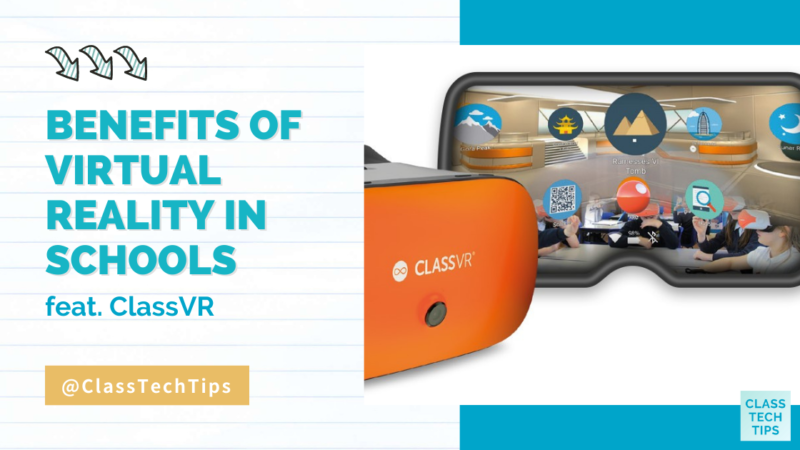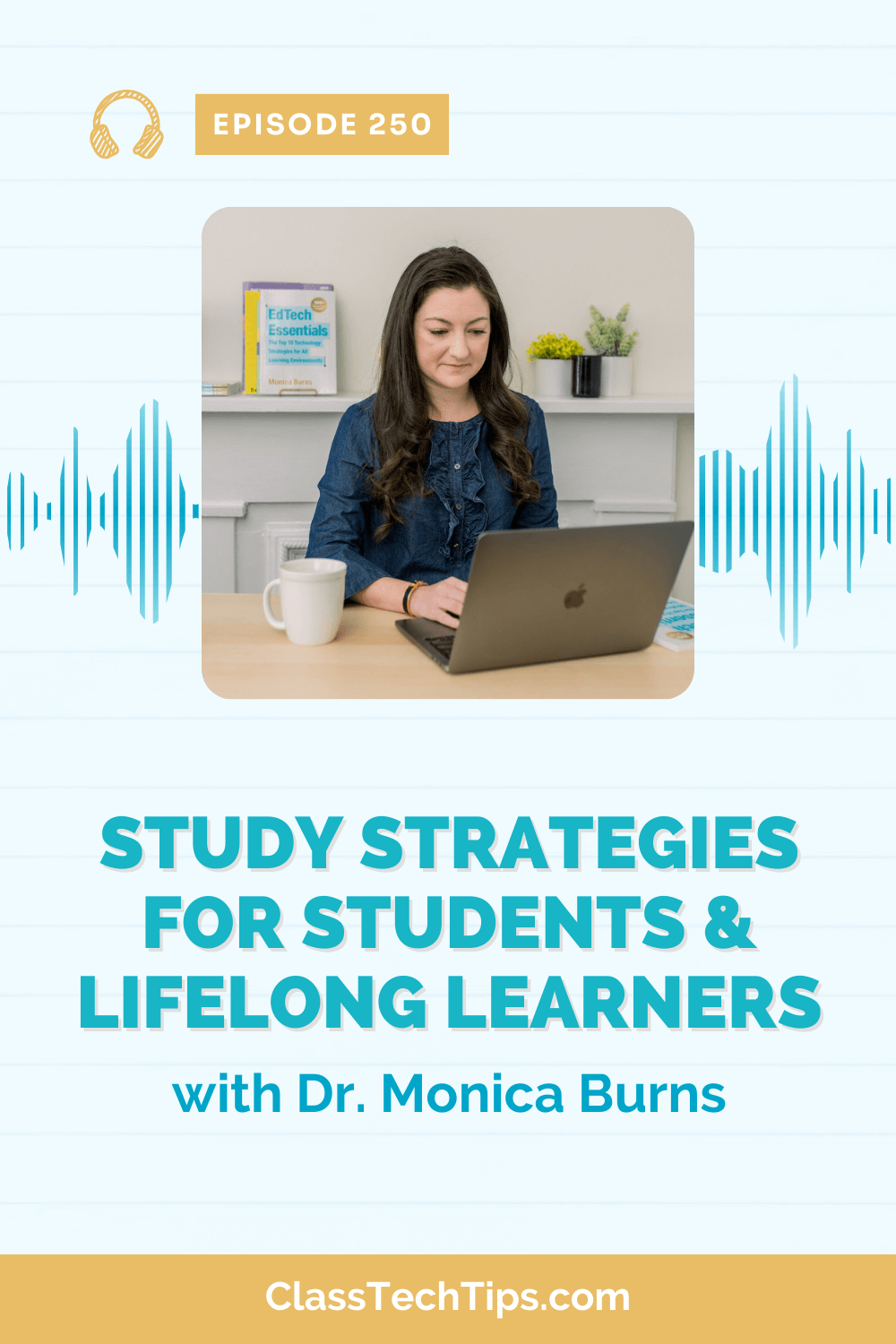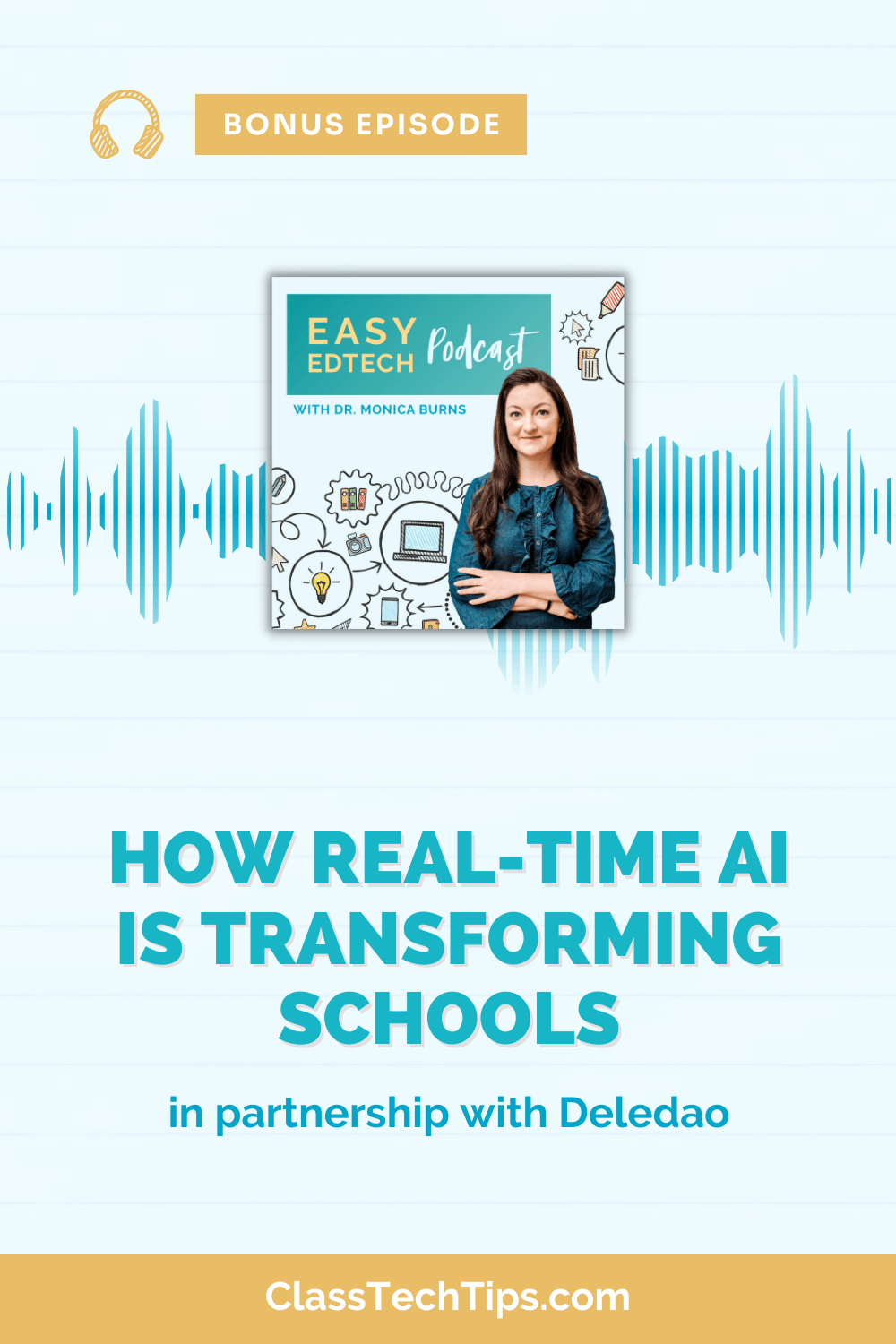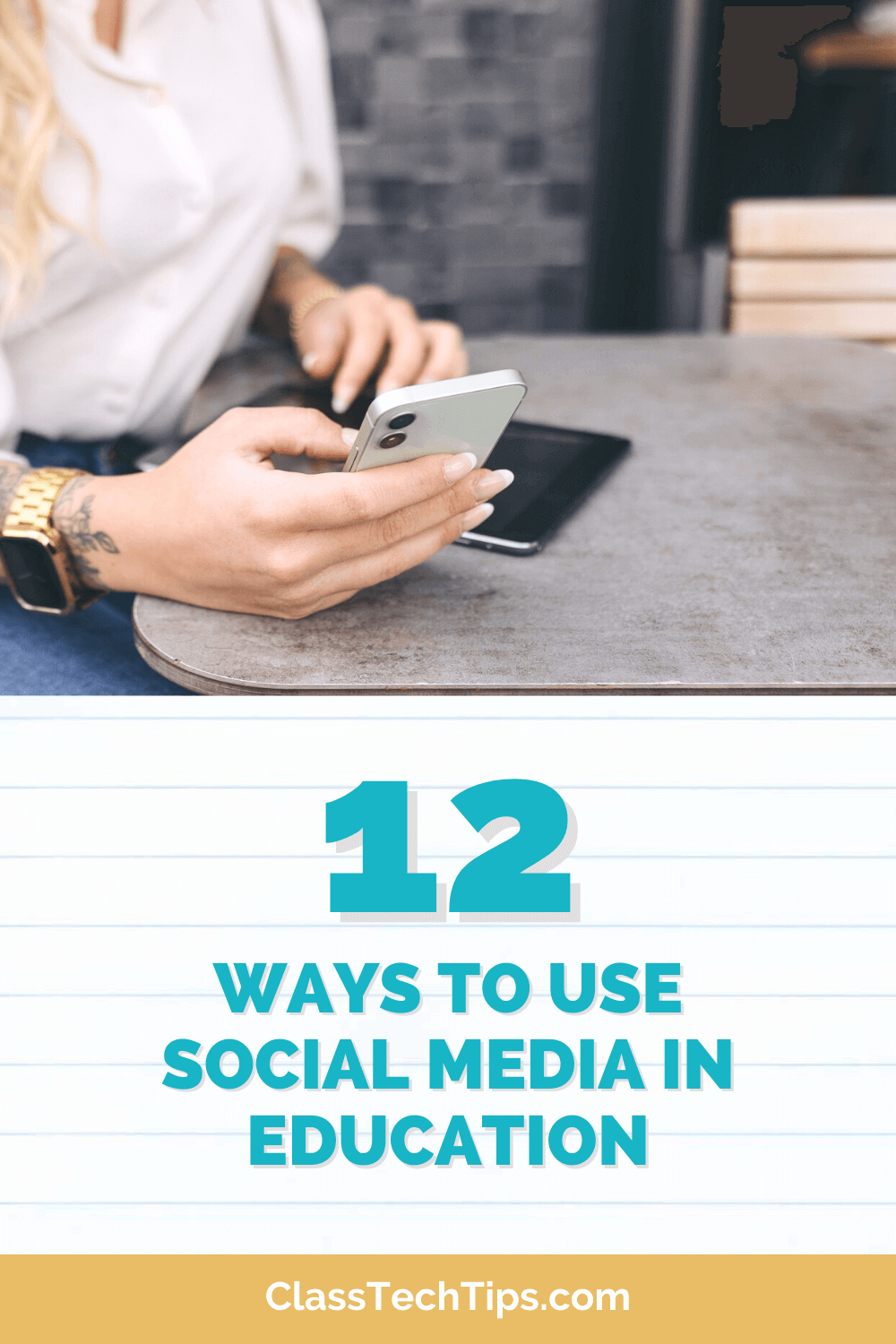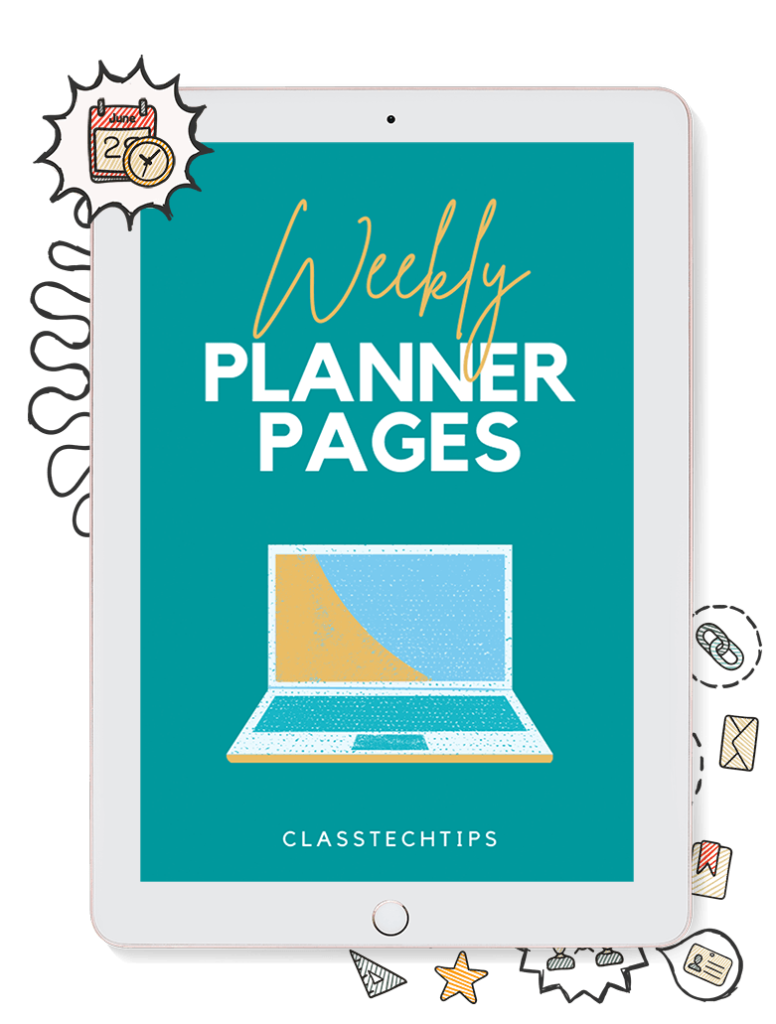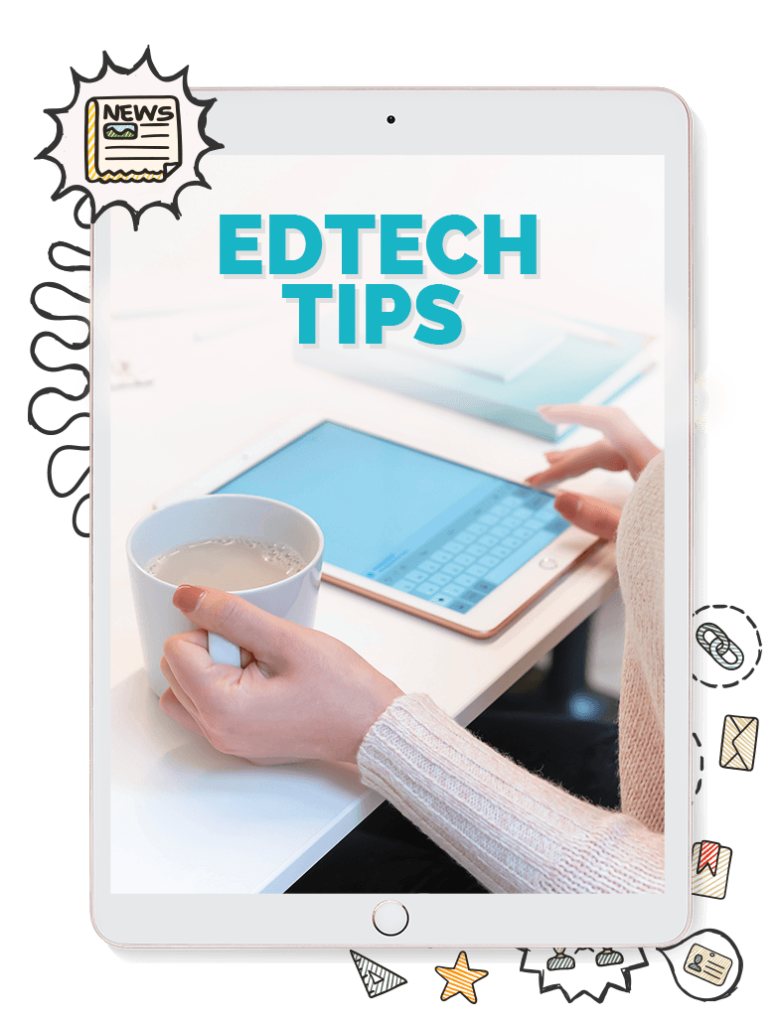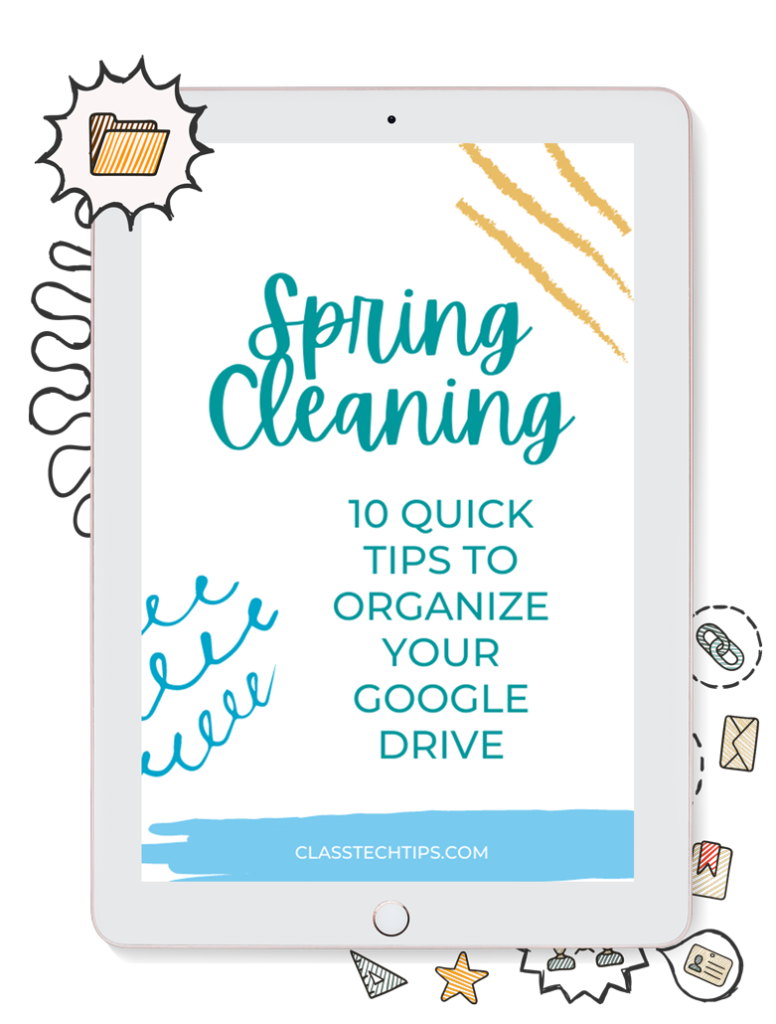Have you read an article on the Metaverse? Or seen a friend or colleague post a picture with a VR headset on Instagram? Virtual reality isn’t a fleeting trend. It’s a powerful technology that has a place in many of the spaces we interact with on a daily basis. If you haven’t explored virtual reality before, or some time has passed since you last considered trying out this type of technology, well, it may be time to revisit the ways to use virtual reality in schools.
Virtual reality in education is a topic I’ve covered here on the blog in the past. If you listened to the very first episode of my Easy EdTech Podcast, you know that I love virtual reality experiences, too. So in today’s blog post, I have a unique virtual reality technology to share with you. It’s called ClassVR, and it is VR technology designed specifically for teaching and learning across content areas.
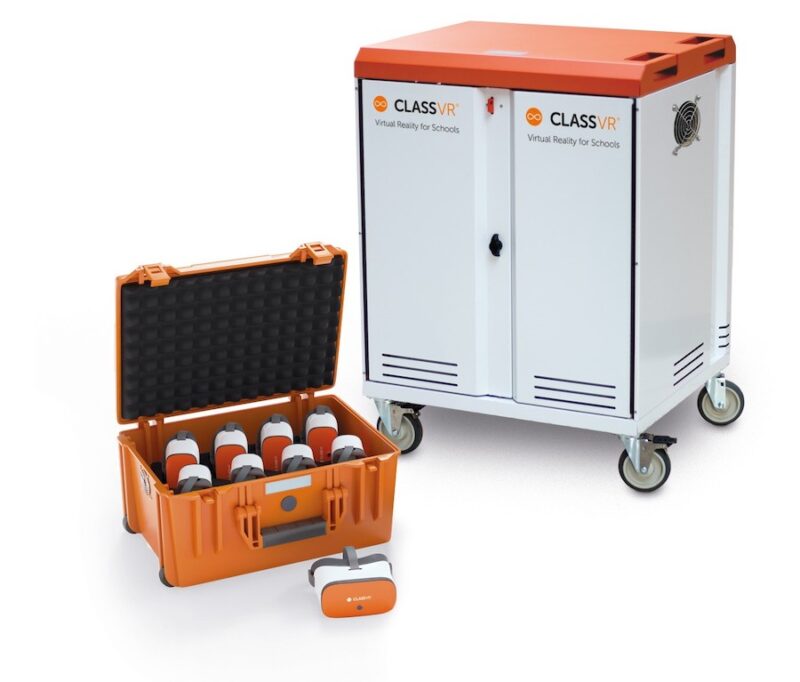
Let’s dive into ClassVR and some reasons to revisit virtual reality technology this school year!
Benefits of Virtual Reality in Schools
Virtual reality can take various forms in classroom settings, including using headsets with engaging, academic content. I love how VR can transport students to different parts of the world. This technology can foster deep conversations and help students make connections.
The team at ClassVR put together this page with more benefits of using virtual reality with students. This page includes research on the impact of virtual reality learning experiences. And you’ll also find a helpful “A Guide to Immersive Learning in Schools” on this landing page.
The benefits of using virtual reality in schools are manifold. For example, you can help students explore historical places in a social studies classroom. Then students can pair this experience with research on a particular time period. Your students can feel more connected to different parts of the world as they walk through spaces that might be very different than ones they’ve seen in “real life” before. And of course, virtual reality experiences can help spark student curiosity as they wonder with a partner about what might happen next or jot down follow-up questions for a class discussion.
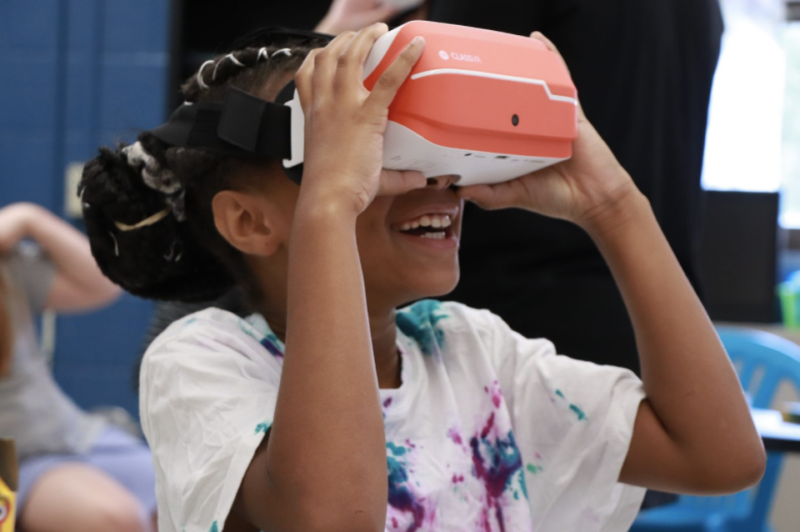
Using ClassVR this School Year
If you’re ready to try out virtual reality this school year, there is a dynamic set of resources you’ll want to explore. One million students in dozens of countries use ClassVR. As you can see in the video below, ClassVR is a virtual reality technology designed to help raise student engagement and increase knowledge retention. ClassVR gives students and teachers access to content that connects to a wide range of course material and subject matter.
How does ClassVR work? Once you’ve committed to trying out ClassVR (request a quote here), your implementation of virtual reality can start right away. ClassVR comes complete with headsets, teacher controls, and curriculum-aligned content and resources. Teachers have everything they need to introduce virtual reality into the classroom with these resources.
When schools get started using ClassVR, they’ll have access to hardware, including standalone VR headsets, a central headset management system, and secure storage and charging. Schools will also get access to curriculum-aligned content alongside installation and training to ensure a successful rollout. In addition, teachers will get access to ready-to-use lesson plans and guides to help integrate virtual learning experiences into their lessons. Teachers can deploy virtual reality experiences to student headsets and guide them through an interactive lesson with the headset management system.
Using Virtual Reality this School Year
Ready to get started with virtual reality for schools? Use this link to request more information and a quote from the team at ClassVR. You might want to check out this page, too, which includes information on using ESSER Funding to address student engagement and academic success goals.
